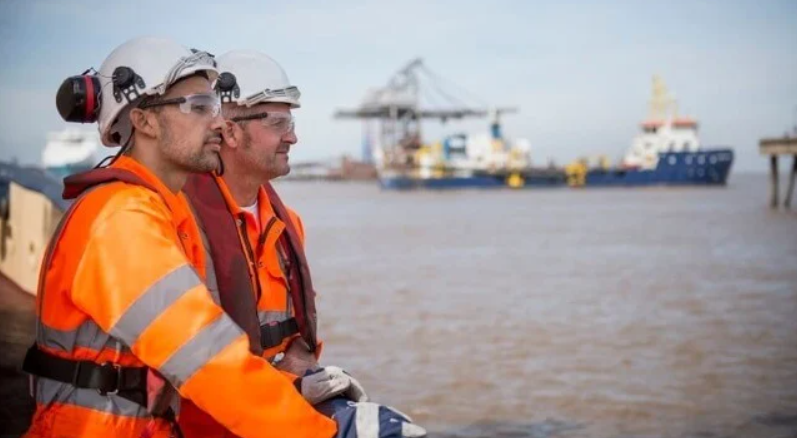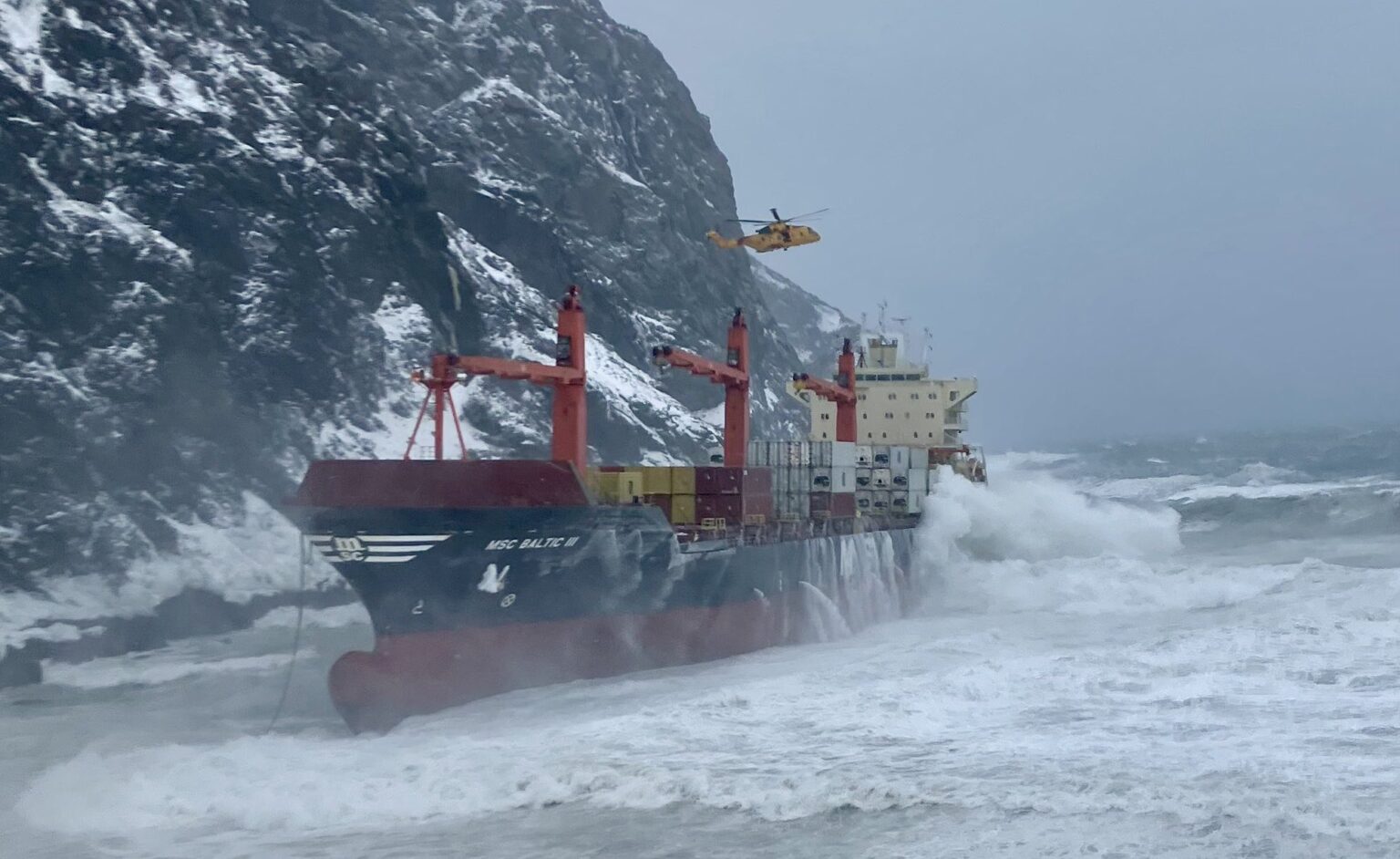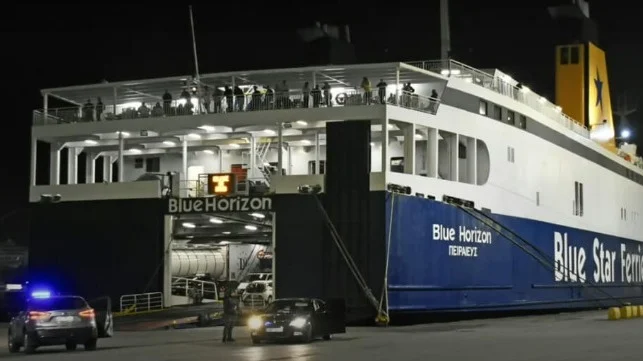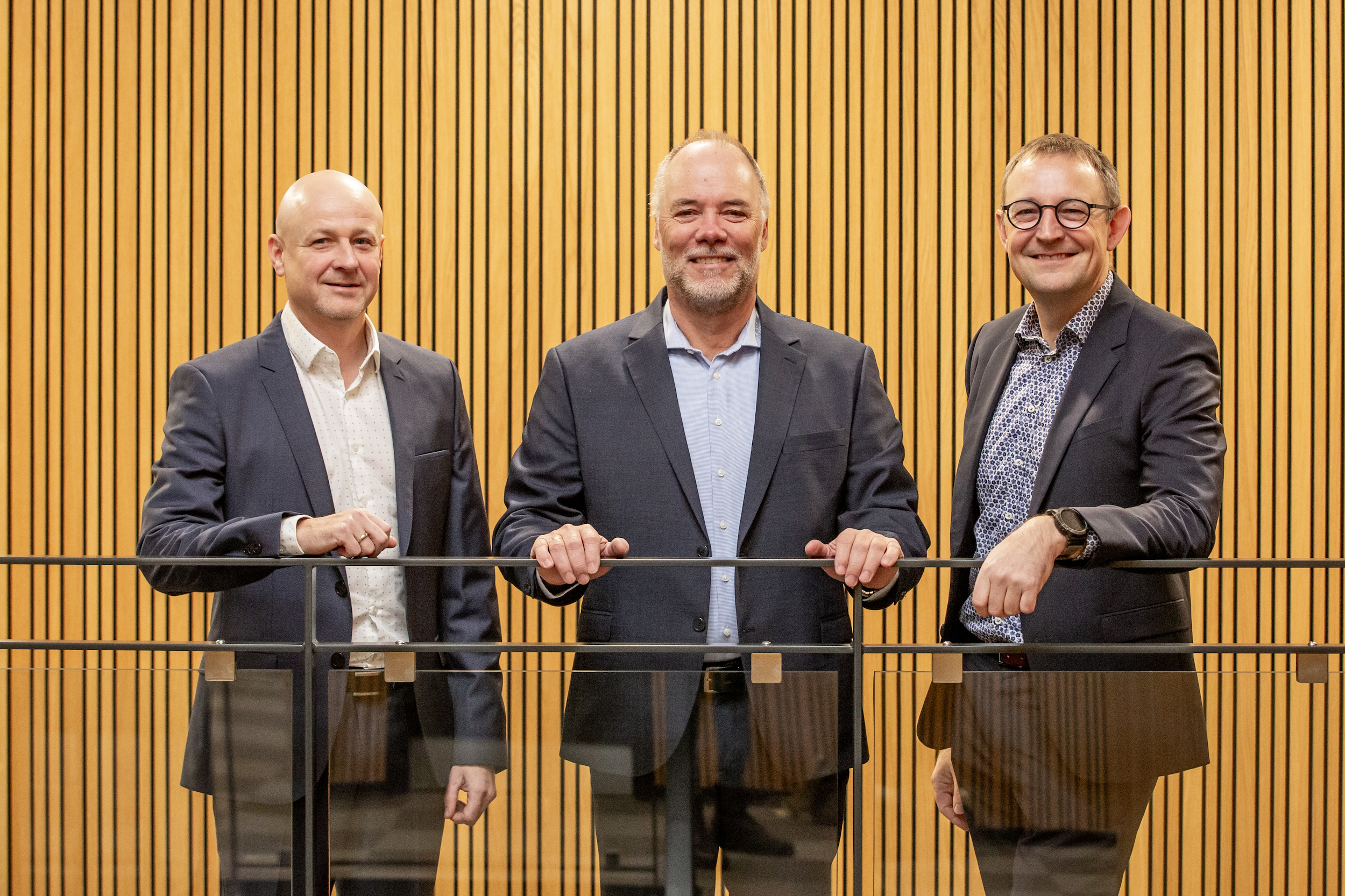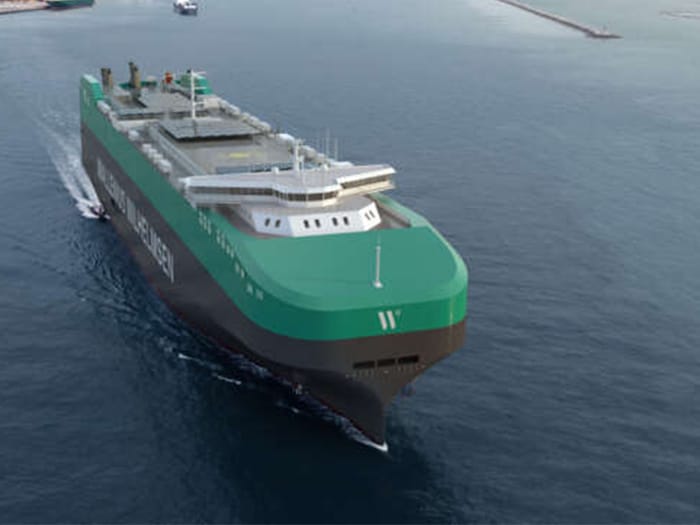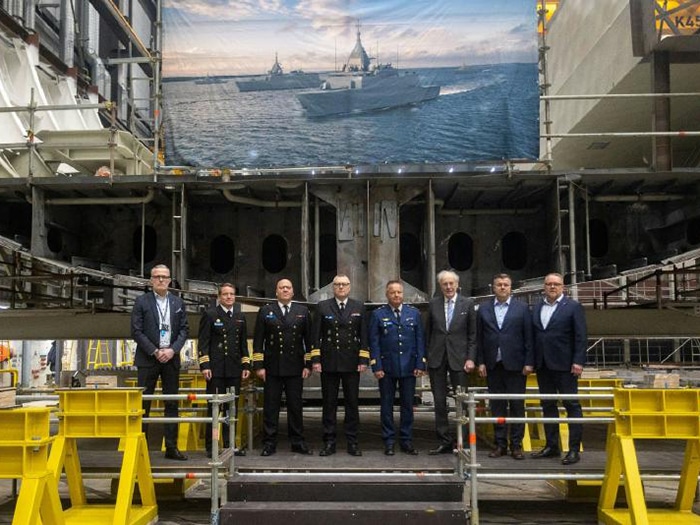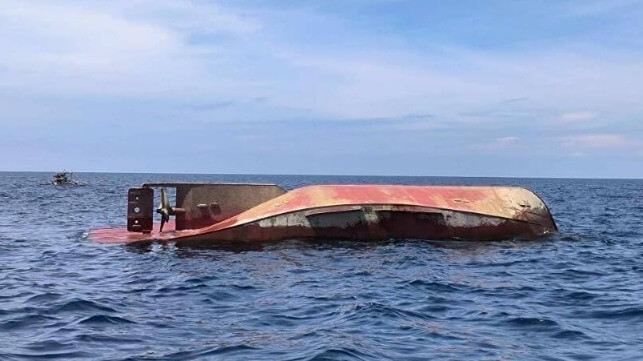Hydrogen will play a major role in the energy transition. What infrastructure is required? The demand for hydrogen is increasing rapidly. The port region is expected to play an important role in the hydrogen economy focusing on Northwestern Europe.
It concerns tens of millions of tonnes of hydrogen, which are needed as a raw material for industry, as a source of heat, and as fuel for land transport, shipping, and aviation. What does this mean in practice? How do we transport and store the hydrogen?

“To be able to meet the demand of 20 million tonnes of hydrogen, we have to rely heavily on imports. Locally, we will soon be able to generate around two million tonnes of hydrogen, thanks in part to the electrolysis plant on the Maasvlakte. The rest we have to import from countries where solar or wind energy can be generated in large quantities, such as Australia and countries in Africa and South America. In Rotterdam, we are working with existing tank storage companies and industry to establish the hydrogen market – import, use, and export.

Different techniques will be used to import hydrogen and subsequently export it to the hinterland. In the long term, there will be a hydrogen mix consisting of liquid hydrogen, ammonia, and various LOHCs. That is why in Rotterdam we are working on the infrastructure required for each of these hydrogen carriers. In theory, hydrogen can be effectively transported at an extremely low temperature.
The advantage is that the hydrogen retains its pure form, the disadvantage is that cooling it consumes a lot of energy. A second option is to transport the hydrogen packed in ammonia. To do so you can use the existing infrastructure and also market the ammonia. The disadvantage is that when you want to use the hydrogen, you have to decompose (crack) the ammonia at high temperatures, and special tanks are needed for storage.
Lastly, we can import hydrogen by coupling it to LOHCs. In this case, you can also transport the hydrogen using the existing infrastructure. But if you want to market the hydrogen, you have to crack it, for which you need two tanks: one for the hydrogen and one for the LOHCs.
The latter involves an additional challenge because you want to reuse empty LOHCs. The question is: can this be done at the final destination or do you have to return them for reloading? If they have to be returned, how do you transport the hydrogen to the hinterland? In liquid form, whether or not coupled to a carrier, it will be transported by boat, train, or truck. In addition, it will be possible to transport it in a gaseous form via hydrogen pipelines, for which we are working on transport.RTM and the Delta Corridor.
The first imports are expected in 2025. Until 2030, it will mainly concern hydrogen in the carriers ammonia, methanol, and LOHCs. After that, we expect the technology to be in place to transport cooled hydrogen in large volumes.”






